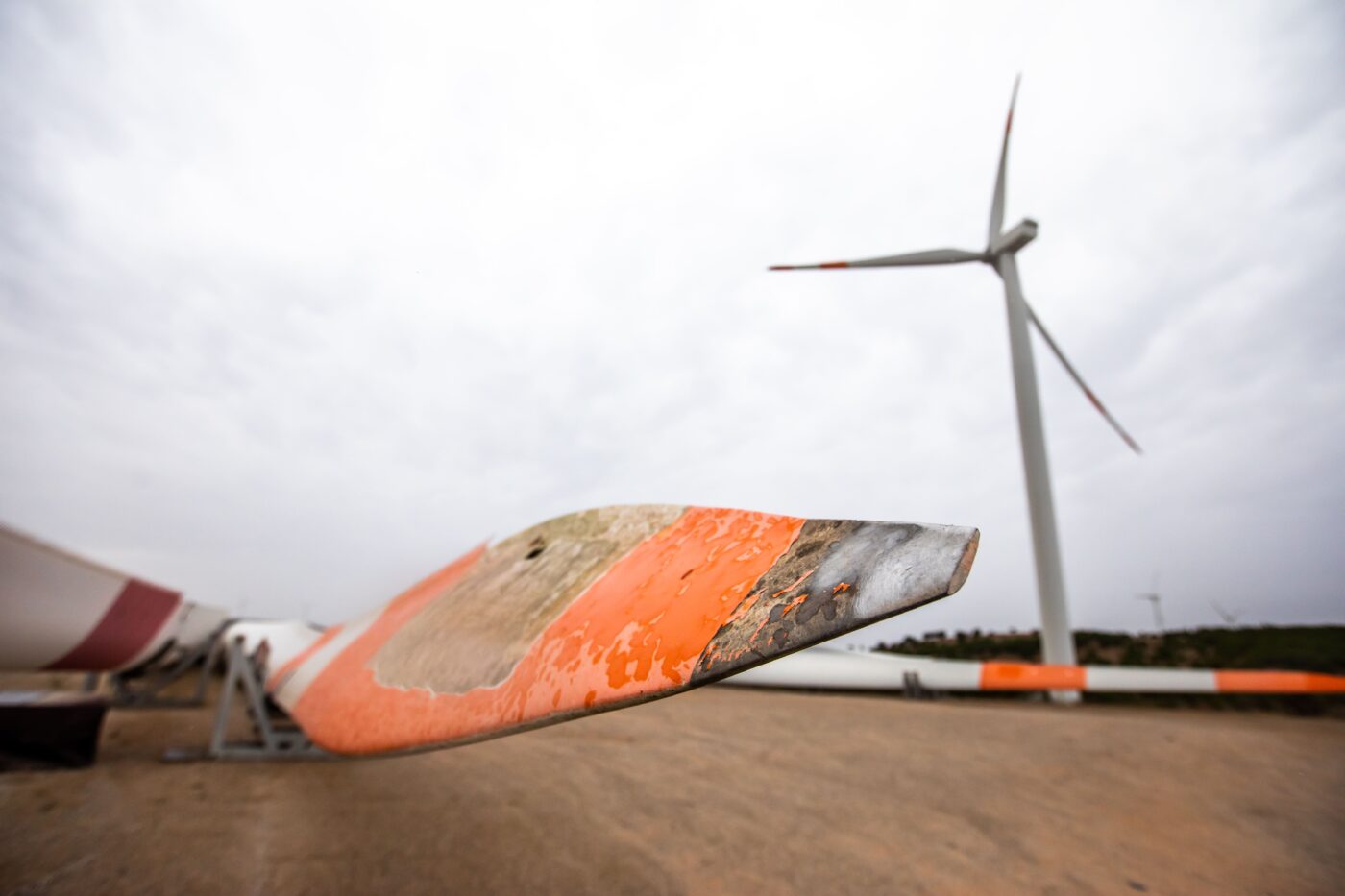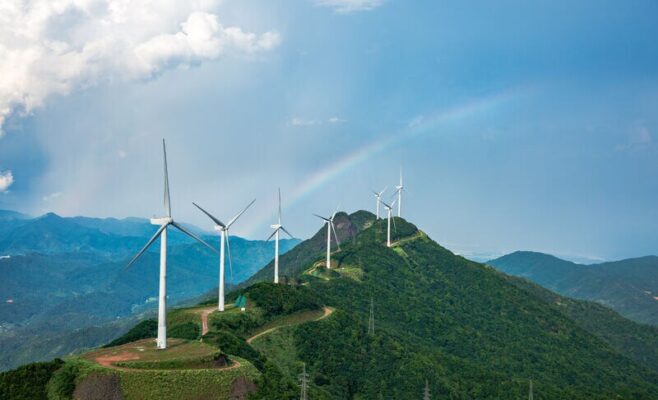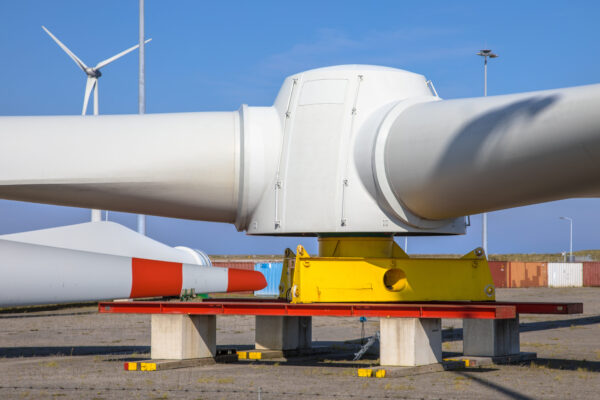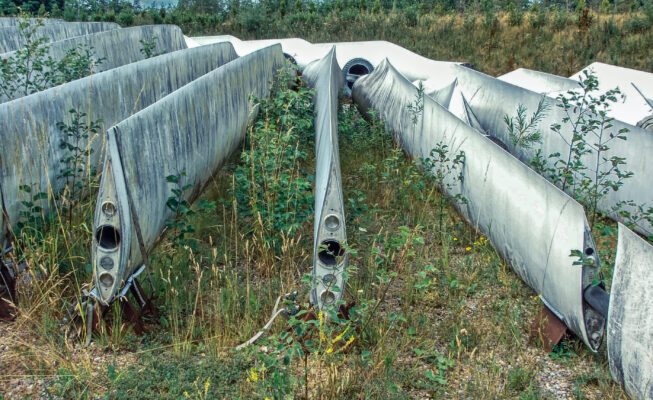In early 2024, China introduced its first wind turbine recycling standards, set by the National Energy Administration. This initiative is an important step in addressing the upcoming wave of retired wind turbines, which, according to Greenpeace, is estimated to reach 280 GW by 2040. The standards focus on the reuse and recycling of wind turbine components, particularly turbine blades, while strictly prohibiting their disposal in landfills and incineration.
The new standards demand that the recycling process for wind turbine blades must include sophisticated methods, incorporating the use of heat, chemicals, and physical pressure. These methods need to address various challenges, such as technical complexities, cost-effectiveness, energy intensity, safety, and environmental impacts. For other turbine parts, such as blade hubs, towers, and nacelles, recycling involves physically breaking them down into smaller pieces, followed by magnetic sorting to extract and recover metals.
This new strategy demonstrates China’s commitment to effectively and sustainably managing the end-of-life phase of wind turbines and underscores the importance of advanced equipment and technology to improve resource use during recycling.
The publication of the standards followed the broader environmental protection policy outlined by China’s State Council, which encourages industries to develop recycling facilities for wind and solar equipment that is no longer in use, as well as for electric vehicle batteries. This aligns with the objectives of the National Development and Reform Commission to establish recycling clusters for low-carbon energy equipment across China by 2030.
Since China’s renewable energy recycling market is just beginning to take shape, policy support is critical to establishing more comprehensive technical standards and promoting cross-sector cooperation. However, by the end of this decade, China aims to have a mature recycling system for both wind turbines and solar panels.



